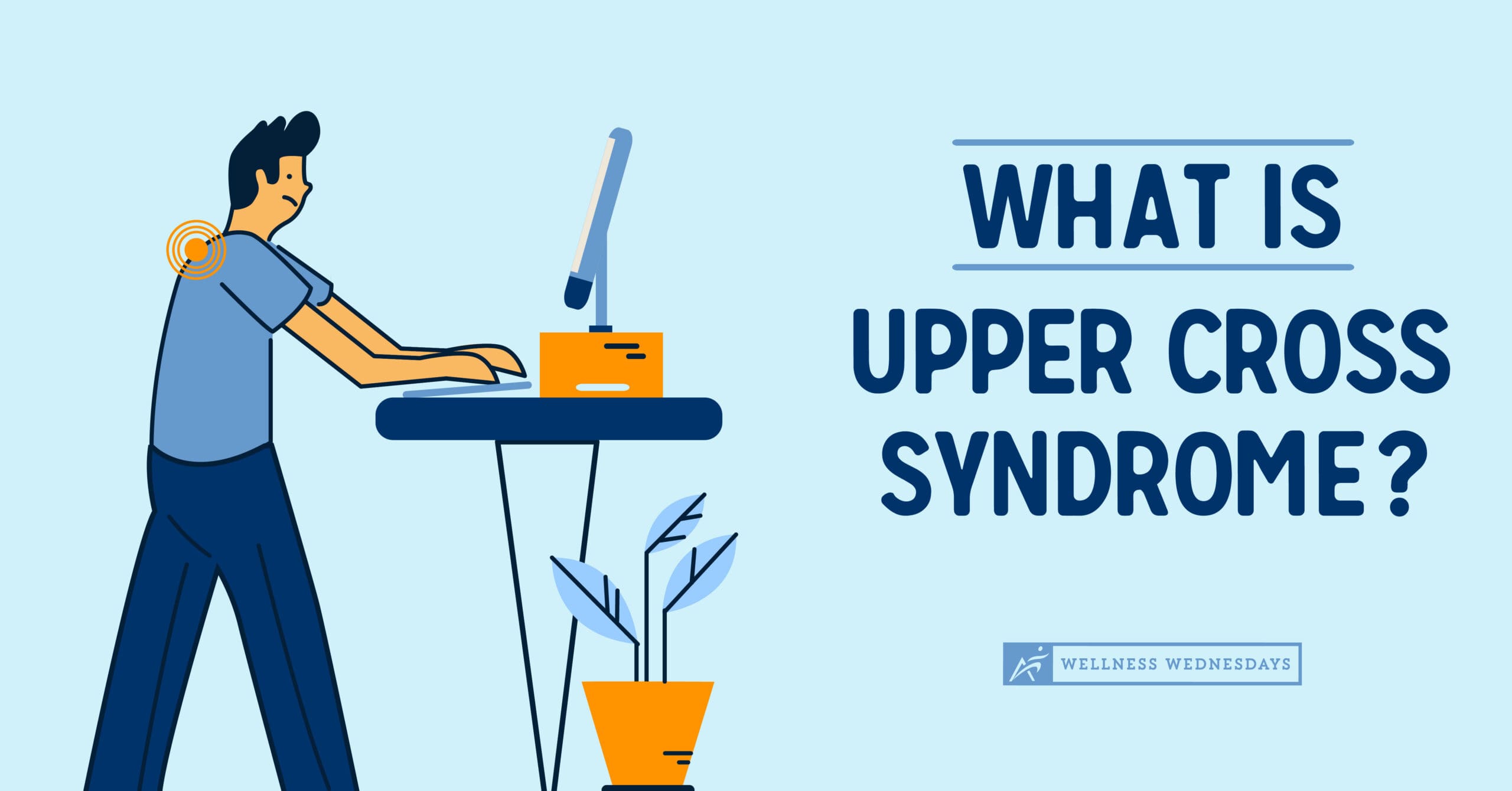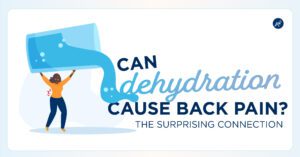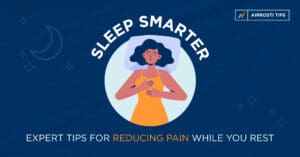Do you want know to more about Upper Cross Syndrome? We’ve got you covered. Keep reading below to learn more about this muscular imbalance, a few factors and signs, and some lifestyle changes you can make that may help!
What Is Upper Cross Syndrome?
Upper Cross Syndrome (also known as UCS) involves a muscular imbalance, typically seen as tightness in the pectoral and upper trapezius muscles, contrasted by weaker neck flexors and rhomboids. This often leads to noticeable changes in posture, such as hunched shoulders and a forward-leaning head.
UCS may be commonly seen in those with desk jobs or sedentary lifestyles and is also prevalent among athletes who perform repetitive upper body movements. Regular use of devices like smartphones or computers can exacerbate these postural habits. Recognizing and adjusting these habits can effectively manage UCS.
Common Symptoms Include:
- Pain in the shoulders, neck, and upper back
- Tightness in the mentioned areas
- Tension headaches
- Restricted range of motion
- Difficulty sitting for prolonged periods without discomfort
Options for Upper Cross Syndrome
Lifestyle Modifications
Simple adjustments to your daily routine can significantly impact your recovery:
- Phone and Computer Use: Keep your devices at eye level to avoid hunching. This can be achieved by using a standing desk or a laptop riser.
- Active Breaks: Regularly interrupt long periods of sitting with stretches or short walks to alleviate muscle tension and improve posture.
Exercise and Stretching
The underlying cause of Upper Cross Syndrome involves both overly tight and weak muscles. Addressing these issues requires a balanced approach:
- Stretching can help elongate and relieve tension in the tight muscles.
- Targeted Exercises can strengthen the back muscles and neck, enhancing mobility and functionality.
For a visual guide, watch Airrosti’s Anthony Pavlich, PT, DPT explain three exercises and stretches, like low rows and pec stretches, that can help improve Upper Cross Syndrome!
*Disclaimer: Always consult with your doctor before starting any exercise program. If you experience any numbness, tingling, or reproduction of your symptoms, please contact your doctor.
Airrosti: Your Recovery Support
At Airrosti, our Providers are dedicated to addressing Upper Cross Syndrome effectively. Airrosti Providers perform comprehensive assessments and treatments tailored to target the source of your pain. With hands-on manual therapy and a personalized treatment plan, your Provider can equip you with the necessary resources and tools to continue improving at home.
Upper Cross Syndrome, if not addressed, can lead to chronic pain and further postural issues. Don’t wait for your symptoms to worsen; schedule an appointment with Airrosti today.
For more information, call us at (800) 404-6050.
Read our Medical Disclaimer here.









